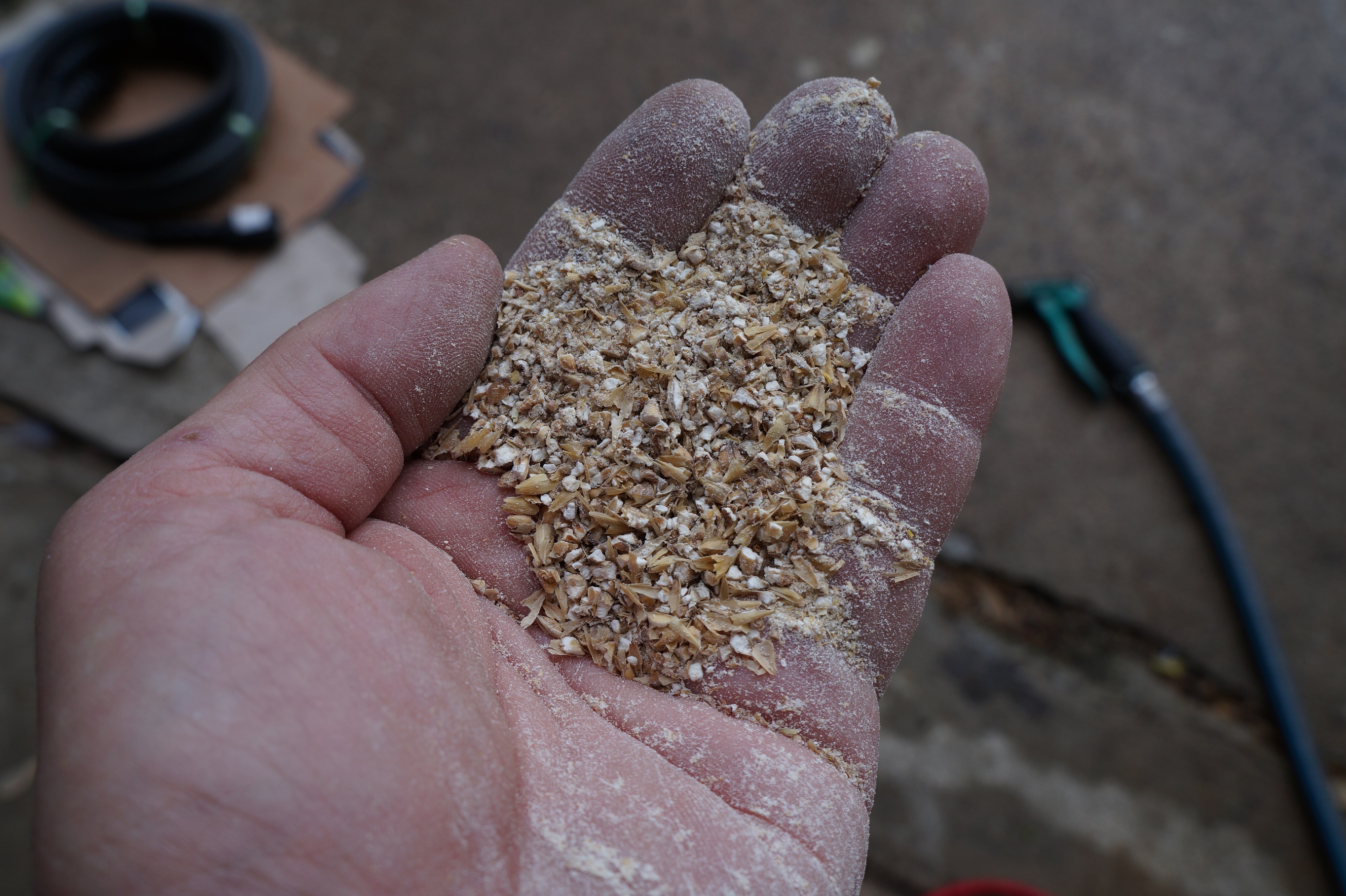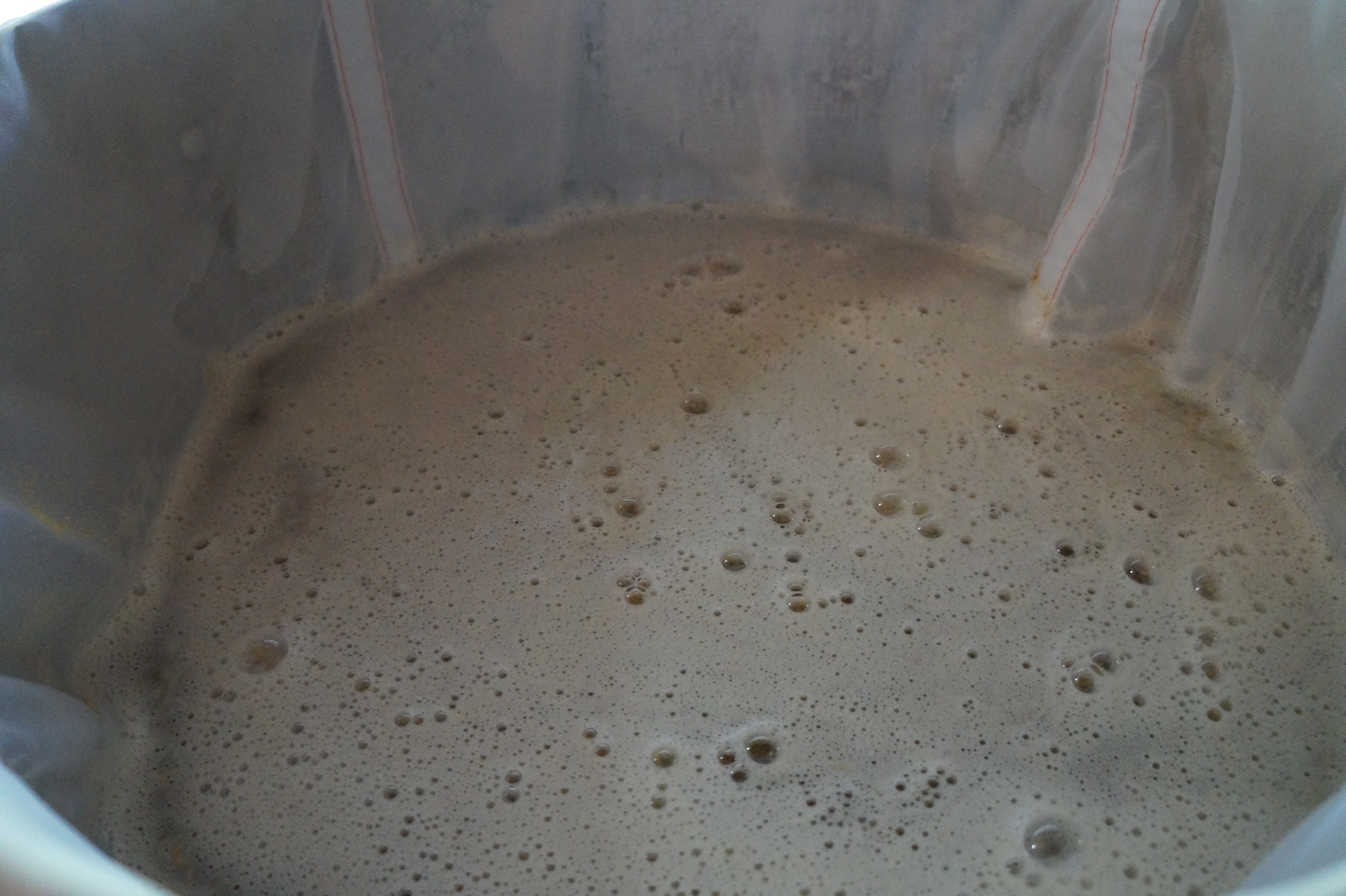rkhanso
Well-Known Member
- Joined
- Jan 24, 2017
- Messages
- 785
- Reaction score
- 178
I'm brewing my first eBIAB brew today. I'm making the Cream of Three Crops Cream Ale.
I'm going for a 10 gallon batch, but didn't change the 11gal recipe any. This is a first-run on the new system, so I'm not 100% sure on all the losses.
I started with just 12 gallons of strike water, but I think I should have started with 13 or a little more. At the end of the mash, my little brown pump died. That sucks....since I need it to pump through the CFC. Maybe I can use gravity, but not sure about that. When the pump quit working, my temp probe outside the kettle quit reading accurately, so I'm sure the temp went up a bit too high. No worries though.
I forgot to start the boil timer right away, so I may be off on the total boil time, but the hops will have been in for the full 60 min.
I'm splitting the wort into 2 fermenters and using 2 different yeasts: Kolsch and Nottingham.
My pre-boil gravity was 1.040. I'll report back after getting further into the brew day.
I'm going for a 10 gallon batch, but didn't change the 11gal recipe any. This is a first-run on the new system, so I'm not 100% sure on all the losses.
I started with just 12 gallons of strike water, but I think I should have started with 13 or a little more. At the end of the mash, my little brown pump died. That sucks....since I need it to pump through the CFC. Maybe I can use gravity, but not sure about that. When the pump quit working, my temp probe outside the kettle quit reading accurately, so I'm sure the temp went up a bit too high. No worries though.
I forgot to start the boil timer right away, so I may be off on the total boil time, but the hops will have been in for the full 60 min.
I'm splitting the wort into 2 fermenters and using 2 different yeasts: Kolsch and Nottingham.
My pre-boil gravity was 1.040. I'll report back after getting further into the brew day.


































![Craft A Brew - Safale BE-256 Yeast - Fermentis - Belgian Ale Dry Yeast - For Belgian & Strong Ales - Ingredients for Home Brewing - Beer Making Supplies - [3 Pack]](https://m.media-amazon.com/images/I/51bcKEwQmWL._SL500_.jpg)
























